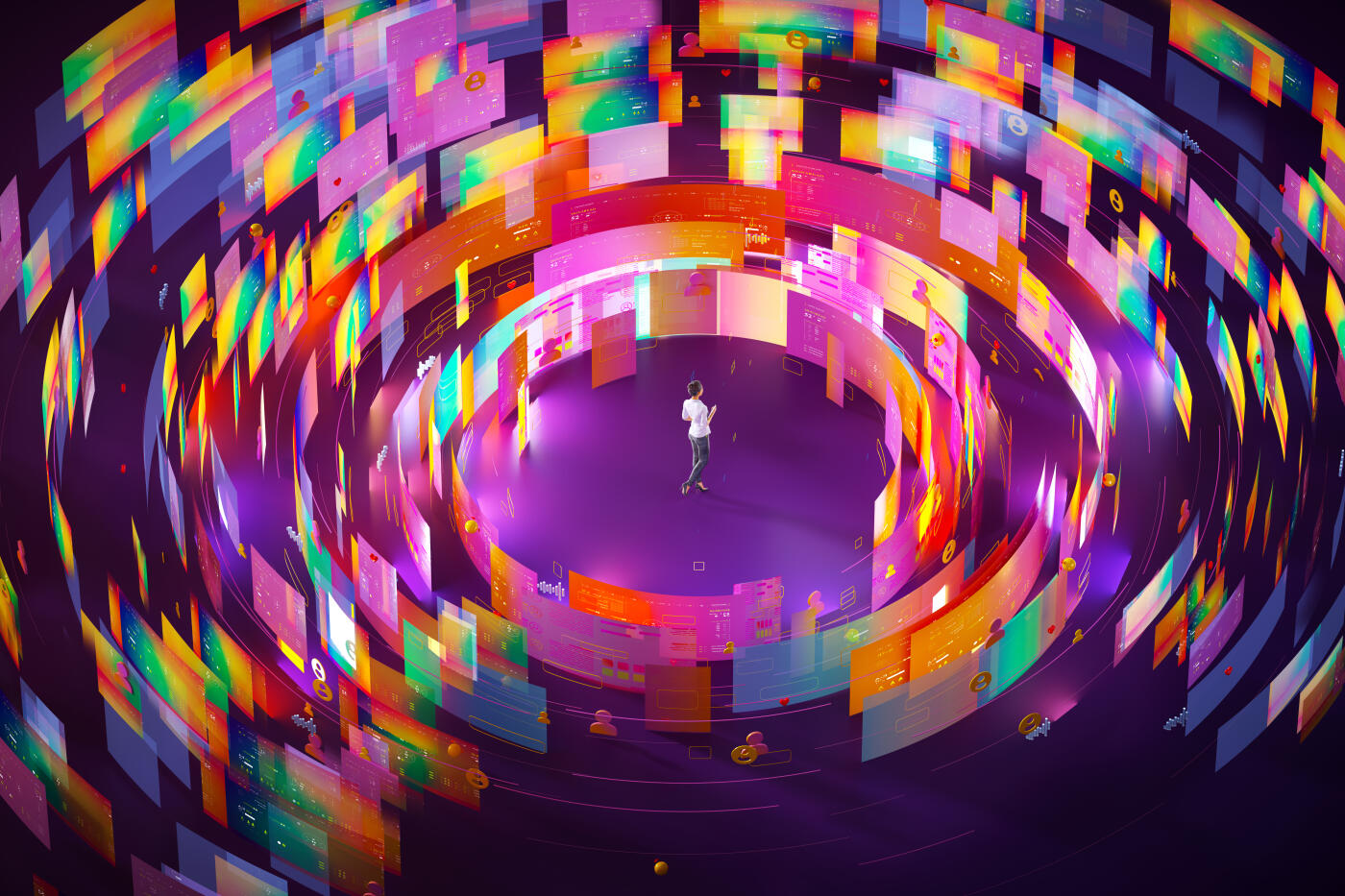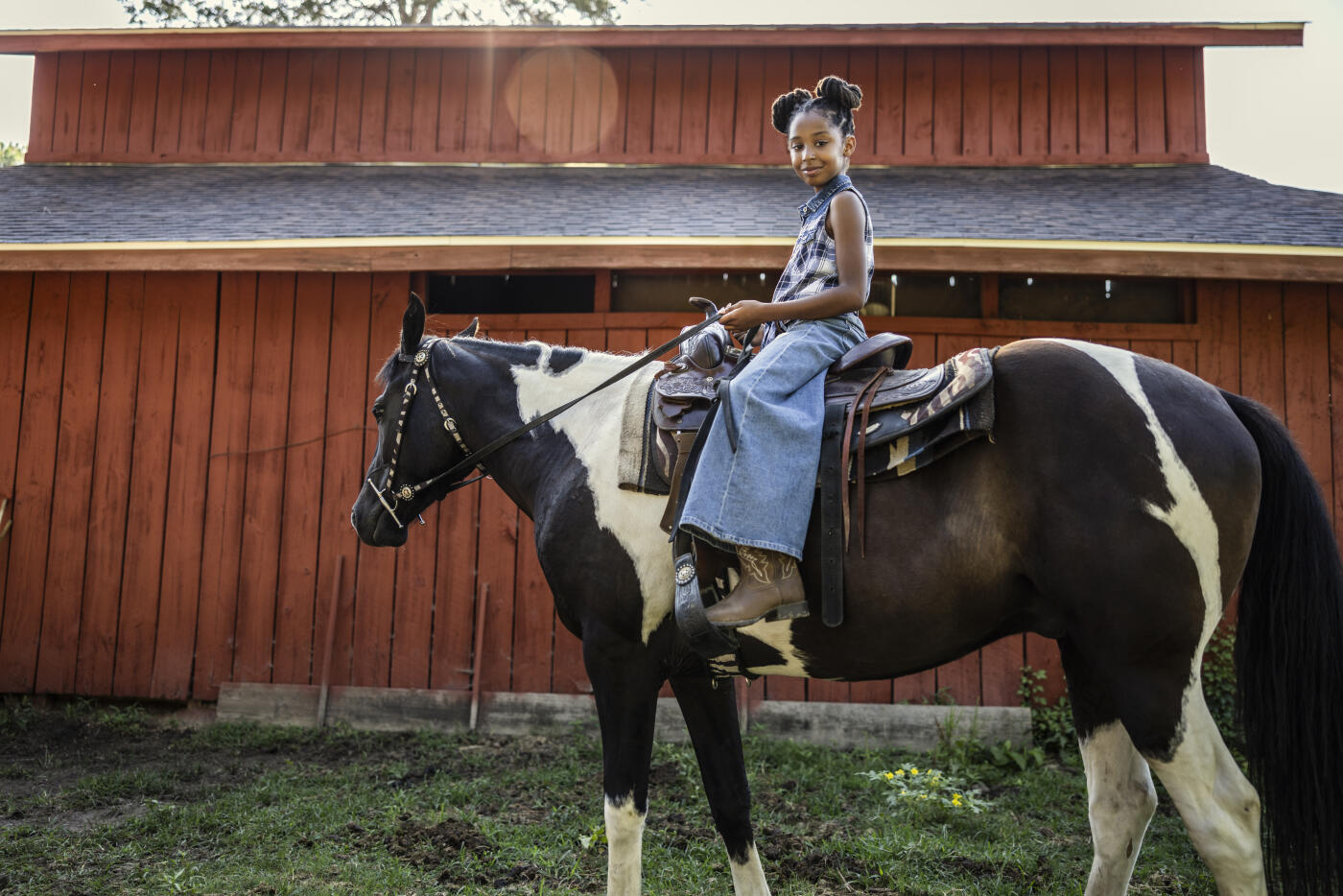How to write the perfect AI prompt: iStock’s 10 step guide to transform ideas into stunning images
Sep 20, 2024
| PDF

New York – September 20, 2024: As text‑to‑image generative AI continues to gain momentum, the ability to craft effective prompts—concise, creative instructions for AI tools—is emerging as a key advantage for businesses looking to leverage AI for their visual content. While AI‑generated images have opened new possibilities to create unique visuals, the difference between good and great often comes down to the tool but also – the prompt.
Building on the recent launch of an updated model for its commercially safe generative AI services and tools, iStock a leading e‑commerce platform offering images, videos and illustrations to small and medium‑sized businesses (SMBs) and enterprises (SMEs), today unveiled the ultimate 10‑step guide to help businesses of all sizes master the craft of prompting.
“Prompts are at the core of AI‑driven creativity,” says Bill Bon, Senior Director of Creative Operations at iStock. “The right prompt with the right tool can turn a simple idea into a powerful visual that truly captures your creative vision. It’s not just about what you want to see; it’s about understanding how to communicate that vision to the AI tool in a way that yields the best results and ultimately create the right image for what you need.”
Building on the recent launch of an updated model for its commercially safe generative AI services and tools, iStock a leading e‑commerce platform offering images, videos and illustrations to small and medium‑sized businesses (SMBs) and enterprises (SMEs), today unveiled the ultimate 10‑step guide to help businesses of all sizes master the craft of prompting.
“Prompts are at the core of AI‑driven creativity,” says Bill Bon, Senior Director of Creative Operations at iStock. “The right prompt with the right tool can turn a simple idea into a powerful visual that truly captures your creative vision. It’s not just about what you want to see; it’s about understanding how to communicate that vision to the AI tool in a way that yields the best results and ultimately create the right image for what you need.”
For the right project, AI‑generated content offers SMBs and SMEs a way to unlock creative potential, streamline marketing efforts, and create time efficiencies. To unlock these benefits, iStock experts share a 10‑step guide to help anyone build compelling prompts and get the most out of text‑to‑image generative AI tools:
Step 1: Protect Your Creativity
First things first. Ensure that the generative AI tool you’re using produces images you can use in your marketing and advertising materials. This means, choosing a tool that is commercially safe and provides legal protection for your outputs. This safeguards you from creating something that may include elements that are legally protected. AI tools should amplify your creativity, not expose you to risk.
Step 2: Start with a Clear Vision
Begin by visualizing the scene you want to create. Think of a basic noun, verb, and setting/location, and then build out your prompt with adjectives and descriptive phrases. The clearer your initial concept, the better the AI tool will translate it into a compelling image.
Step 3: Be Detailed and Specific
Don’t hesitate to create longer, more descriptive, and complex prompts, generative AI thrives on detail. Approach your prompts as if you’re telling a story, using comma‑separated keywords to enhance your narrative. Also, tools like iStock’s AI Generator, with its recent model updates, allow you to be incredibly detailed and see how your desired features come to life thanks to advanced upscaling and increased 4K generation capabilities.
Step 4: Describe the Scene's Environment
Mention the setting where the scene takes place. For example, if you want an outdoor scene, specify if it’s in a forest, on a beach, or in an urban environment. Also, consider where your vision is located; after all, a “forest” in Brazil is hardly the same as one in Washington state.
Step 5: Highlight Key Elements
Identify the main subjects or focal points of the image. If it's a person, describe their appearance, clothing, and expression. For objects, focus on their size, shape, and placement. Experiment with language, even if you like the first image you generate. Try different words and phrases to see how they alter the outcome.
Step 1: Protect Your Creativity
First things first. Ensure that the generative AI tool you’re using produces images you can use in your marketing and advertising materials. This means, choosing a tool that is commercially safe and provides legal protection for your outputs. This safeguards you from creating something that may include elements that are legally protected. AI tools should amplify your creativity, not expose you to risk.
Step 2: Start with a Clear Vision
Begin by visualizing the scene you want to create. Think of a basic noun, verb, and setting/location, and then build out your prompt with adjectives and descriptive phrases. The clearer your initial concept, the better the AI tool will translate it into a compelling image.
Step 3: Be Detailed and Specific
Don’t hesitate to create longer, more descriptive, and complex prompts, generative AI thrives on detail. Approach your prompts as if you’re telling a story, using comma‑separated keywords to enhance your narrative. Also, tools like iStock’s AI Generator, with its recent model updates, allow you to be incredibly detailed and see how your desired features come to life thanks to advanced upscaling and increased 4K generation capabilities.
Step 4: Describe the Scene's Environment
Mention the setting where the scene takes place. For example, if you want an outdoor scene, specify if it’s in a forest, on a beach, or in an urban environment. Also, consider where your vision is located; after all, a “forest” in Brazil is hardly the same as one in Washington state.
Step 5: Highlight Key Elements
Identify the main subjects or focal points of the image. If it's a person, describe their appearance, clothing, and expression. For objects, focus on their size, shape, and placement. Experiment with language, even if you like the first image you generate. Try different words and phrases to see how they alter the outcome.
Step 6: Incorporate Emotions and Mood
Use aesthetic terms in your prompts to refine the overall look and feel of the image. Terms like "retro," "sharpened," or "monochrome" can guide the AI’s creative direction. Instructions like “vibrant colors,” “soft lighting,” or “moody atmosphere” can add a different style. If you're not sure which keywords to use, reference this extensive list of artistic keywords for AI image prompts. Also, consider adjusting parameters like color and mood filters to generate images with specific tones and feelings to align it to your vision.
Step 7: Include Action or Dynamics
If the scene involves movement or interaction, describe what’s happening. This could be as simple as "a cat playing with a ball of yarn" or "a city bustling with people." Descriptors like "future," "vintage," or "historical" can add layers of context to your output.
Step 8: Consider Perspective and Angle
Specify the viewpoint or angle from which the scene should be captured. This could be a bird’s‑eye view, close‑up, or wide shot, which influences the composition and framing. Refine your image by using camera controls, distinguishing lens type or depth of field, including wide angle, telephoto, shallow, or deep, to create the look of an image captured by a camera.
Step 9: Review, Refine and Iterate
Before finalizing your prompt, review it for any ambiguity or missing details. Use AI’s modification tools to tweak the visual further. You can add, replace, or remove elements from an image or expand or reduce the image ratio to fit the format you need. Even, when you are fully satisfied with an image, explore variations of that image and keep the active prompt text handy for future reference. Keep experimenting and iterating with your favorite prompts and other elements to spark fresh, bold ideas.
Use aesthetic terms in your prompts to refine the overall look and feel of the image. Terms like "retro," "sharpened," or "monochrome" can guide the AI’s creative direction. Instructions like “vibrant colors,” “soft lighting,” or “moody atmosphere” can add a different style. If you're not sure which keywords to use, reference this extensive list of artistic keywords for AI image prompts. Also, consider adjusting parameters like color and mood filters to generate images with specific tones and feelings to align it to your vision.
Step 7: Include Action or Dynamics
If the scene involves movement or interaction, describe what’s happening. This could be as simple as "a cat playing with a ball of yarn" or "a city bustling with people." Descriptors like "future," "vintage," or "historical" can add layers of context to your output.
Step 8: Consider Perspective and Angle
Specify the viewpoint or angle from which the scene should be captured. This could be a bird’s‑eye view, close‑up, or wide shot, which influences the composition and framing. Refine your image by using camera controls, distinguishing lens type or depth of field, including wide angle, telephoto, shallow, or deep, to create the look of an image captured by a camera.
Step 9: Review, Refine and Iterate
Before finalizing your prompt, review it for any ambiguity or missing details. Use AI’s modification tools to tweak the visual further. You can add, replace, or remove elements from an image or expand or reduce the image ratio to fit the format you need. Even, when you are fully satisfied with an image, explore variations of that image and keep the active prompt text handy for future reference. Keep experimenting and iterating with your favorite prompts and other elements to spark fresh, bold ideas.
Step 10: Prioritize Authenticity
While AI tools offer incredible creative possibilities, it’s important to be authentic to your audience. iStock’s VisualGPS report revealed that a striking 90% of people want to know if an image is AI‑generated. Consider if you need to label AI‑generated content — particularly when generating people or showing a real product — as consumers value transparency and appreciate knowing the origin of the images they interact with. This helps you build trust and credibility.
With this guide, SMBs, SMEs and AI enthusiasts are now equipped to prompt more effectively, harnessing the power of generative AI tools to produce high‑quality, impactful marketing visuals.
To get started and bring your prompts to life, watch this full video demo or visit https://www.istockphoto.com/en/ai, and start transforming your ideas with AI.
While AI tools offer incredible creative possibilities, it’s important to be authentic to your audience. iStock’s VisualGPS report revealed that a striking 90% of people want to know if an image is AI‑generated. Consider if you need to label AI‑generated content — particularly when generating people or showing a real product — as consumers value transparency and appreciate knowing the origin of the images they interact with. This helps you build trust and credibility.
With this guide, SMBs, SMEs and AI enthusiasts are now equipped to prompt more effectively, harnessing the power of generative AI tools to produce high‑quality, impactful marketing visuals.
To get started and bring your prompts to life, watch this full video demo or visit https://www.istockphoto.com/en/ai, and start transforming your ideas with AI.






